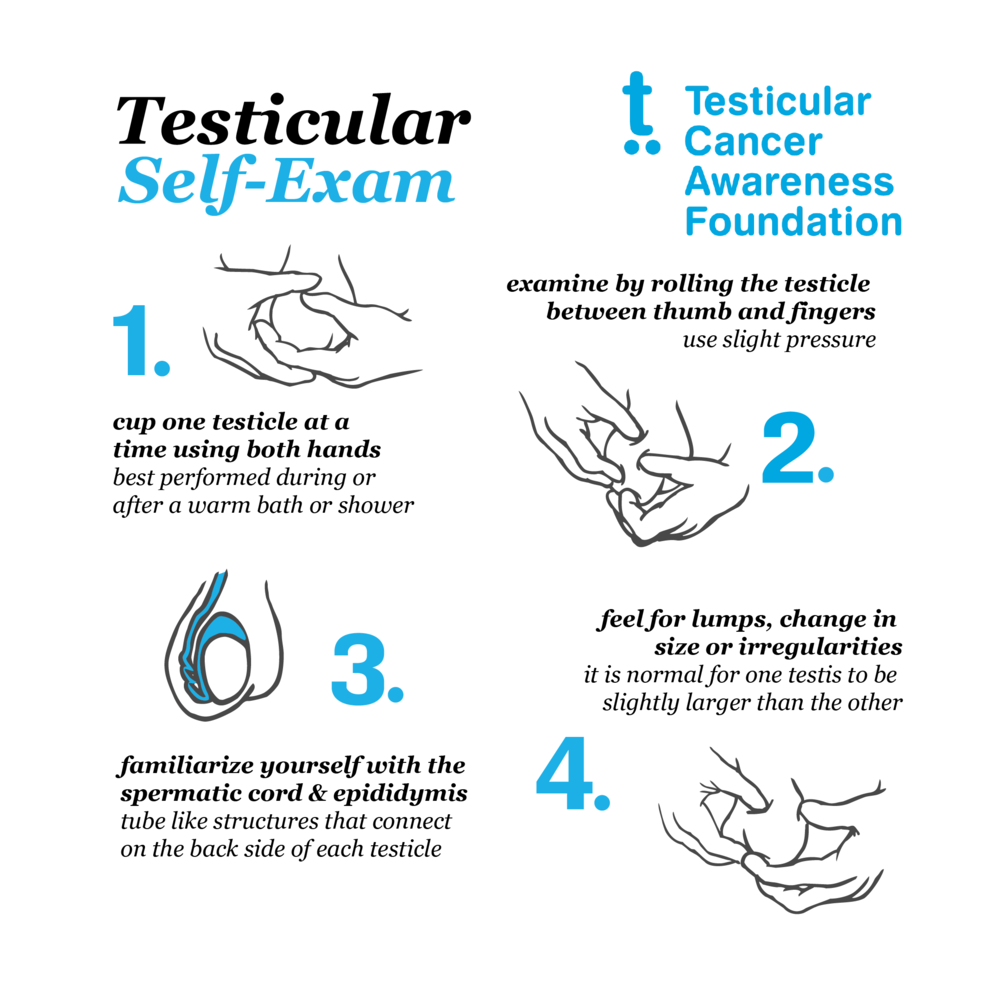Testicular cancer is the most common type of cancer 1 in young men aged 20–30 years
old, and yet, discussing testicular problems is considered taboo. It’s an uncomfortable topic for many
people, but it’s one that needs to be addressed because early detection can save lives. That’s why it’s so
important to know how to assess your testicles and recognize the signs of a potential problem.
How to Check Your Testicles

To assess your testicles, you need to know how the normal testes feel. Simply, feel your testes next time
you take a warm shower. Feel your testes all around and just imagine how they feel. The best way to
check your testicles is during a warm shower, sauna, or jacuzzi. The warmth helps relax the scrotum,
making it easier for you to feel any irregularities.
Start by checking each testicle individually, rolling them between your fingers and thumbs, and feeling
for any lumps or bumps. Make sure you also check the area around each testicle and the
epididymis—the tube that connects the testicle with the back of the scrotum—for any swelling or
tenderness. Young adults and parents are, therefore, instructed to teach their younger ones about
testicular problems and how they should check for any testicular problems. 2
What Should I Look For?
While you are assessing your testicles, look out for any changes in size or shape from one testicle to
another; any lumps; a feeling of heaviness in either one; pain that doesn’t go away after a few days; any
changes in skin texture such as wrinkling or dimpling; or fluid coming from either side of your penis 3 .
If you do find a bump or lump during self-examination, don’t panic! It doesn’t necessarily mean it’s
cancerous; however, it’s always better to be safe than sorry and consult with a doctor as soon as
possible. If the lump feels hard, like a pebble or marble, it could indicate cancerous cells and should be
discussed with medical professionals immediately.

Photo: https://www.testicularcancerawarenessfoundation.org/self-exam
Other signs of possible testicular cancer include pain in the groin area or lower abdomen area,
enlargement of the testicle(s), heaviness in the scrotum area, sudden accumulation of fluid in the
scrotum area as well as breast enlargement (gynecomastia), and breast tenderness 3 .
Testicular cancer is often undetected until it has spread beyond the testicles, so it’s vital that men take
responsibility for their own health and routinely assess their own testicles. Checking yourself regularly
doesn’t have to be awkward—it’s just a matter of getting into a routine so that you’re familiar with
what’s normal for you and can detect any abnormalities more easily.
So, if you haven't already done so, make sure you get into the habit of checking yourself every month!
By being proactive about our health, we can help reduce our risk of developing serious illnesses like
testicular cancer and ensure we catch these types of diseases early on when they are much more
treatable!
References:
1. Testicular Cancer Statistics | Johns Hopkins Medicine. Accessed November 23, 2022.
https://www.hopkinsmedicine.org/health/conditions-and-diseases/testicular-cancer/testicular-cancer-
statistics
2. Ibitoye BM, Suleiman EK, Ampofo AG. The awareness and practice of testicular self-examination among
male undergraduates in Nigeria: a descriptive cross-sectional study. BMC Med Educ. 2022;22(1).
doi:10.1186/S12909-022-03562-W
3. Gaddam SJ, Chesnut GT. Testicle Cancer. StatPearls. Published online October 3, 2022. Accessed
November 23, 2022. https://www.ncbi.nlm.nih.gov/books/NBK563159/

